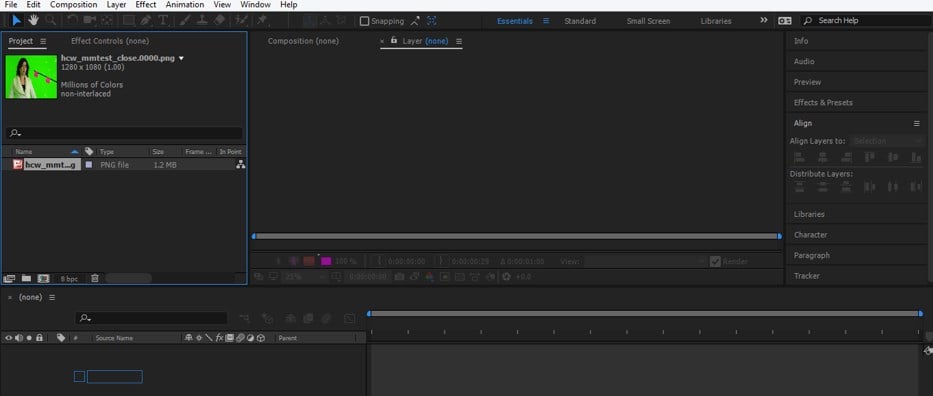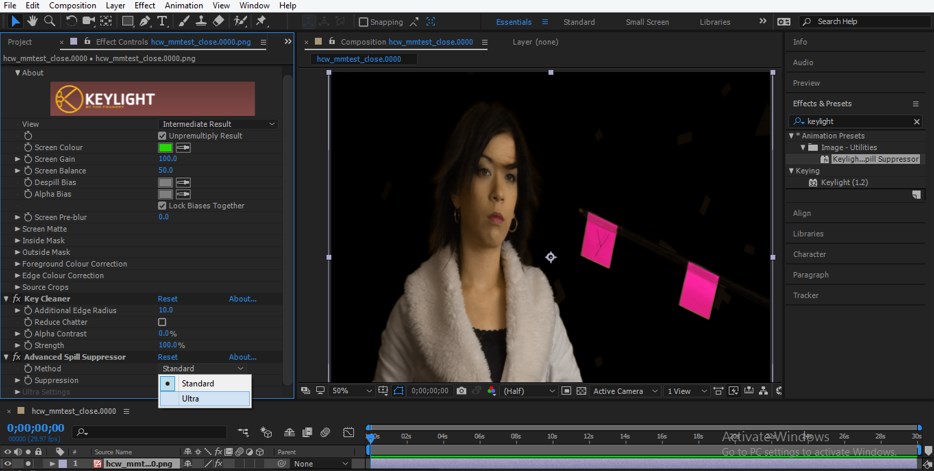
Pearson may offer opportunities to provide feedback or participate in surveys, including surveys evaluating Pearson products, services or sites. We use this information to complete transactions, fulfill orders, communicate with individuals placing orders or visiting the online store, and for related purposes. Online Storeįor orders and purchases placed through our online store on this site, we collect order details, name, institution name and address (if applicable), email address, phone number, shipping and billing addresses, credit/debit card information, shipping options and any instructions. We use this information to address the inquiry and respond to the question. To conduct business and deliver products and services, Pearson collects and uses personal information in several ways in connection with this site, including: Questions and Inquiriesįor inquiries and questions, we collect the inquiry or question, together with name, contact details (email address, phone number and mailing address) and any other additional information voluntarily submitted to us through a Contact Us form or an email. Please note that other Pearson websites and online products and services have their own separate privacy policies. This privacy notice provides an overview of our commitment to privacy and describes how we collect, protect, use and share personal information collected through this site. Pearson Education, Inc., 221 River Street, Hoboken, New Jersey 07030, (Pearson) presents this site to provide information about Adobe Press products and services that can be purchased through this site. Be brutal, complete, and quick this can be crude ( see Figure 9). You can lower the Screen Shrink/Grow setting (under Screen Matte in Keylight) or apply a Simple Choker effect and raise the Choke Matte number.

Using keylight in after effects software#
This breakdown will work with any software keyer, but it's especially helpful to get the most out of Keylight. The three-pass method is the same principle, but it should save you from extensive hand-animating.

Keylight's Inside Mask and Outside Mask controls let you draw a mask, set it to None, and then select it as an Inside Mask or Outside Mask. This method of isolating and focusing on the edge inspired me to devise the following workflow to achieve the same in an After Effects pre-comp, with as few extra steps as possible. The Apple Shake-based implementation of Keylight adds inputs for a garbage matte and holdout matte.
Using keylight in after effects full#
We need to turn up the “Clip Black and Clip White” options to get the full effect.Figure 7 Nice edges-it's the core of this matte that needs to be a little firmer.

White shows the areas that have not been keyed out, black represents the keyed out parts.

To fully key out the shading and shapes in the video we need to go into screen matte view, which is black and white. Here is what happens when we take out the green: To key out the greenscreen we have to use Keylight. The Foundry is also well known for other high-quality plugins. The main algorithm that Keylight uses was developed by “Computer Film Company” and was ported to After Effects by The Foundry. It is an award winning blue and greenscreen keyer. It was bundled with the release of After Effects 6.0. Keylight is The Foundry’s keying software. Our goal was to take the woman and place her into this enviroment, without the greenscreen and aperatus. We had a video of a woman with a greenscreen, and a 3d animation. Many movies have used this, as it is mostly used to “edit out” greenscreens. In other words, if you key out a colour, that colour will be deleted from the scene. Keying is “ defining transparency by a particular colour value or luminance value in an image.When you key out a value, all pixels that have colours or values similar to that value become transparent“.


 0 kommentar(er)
0 kommentar(er)
